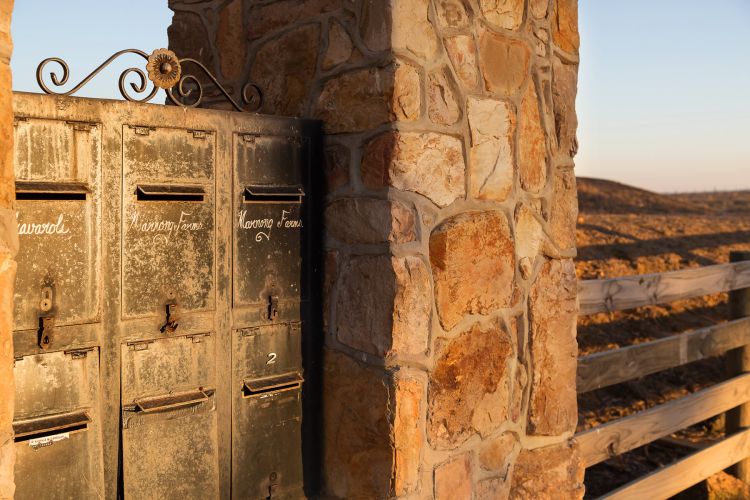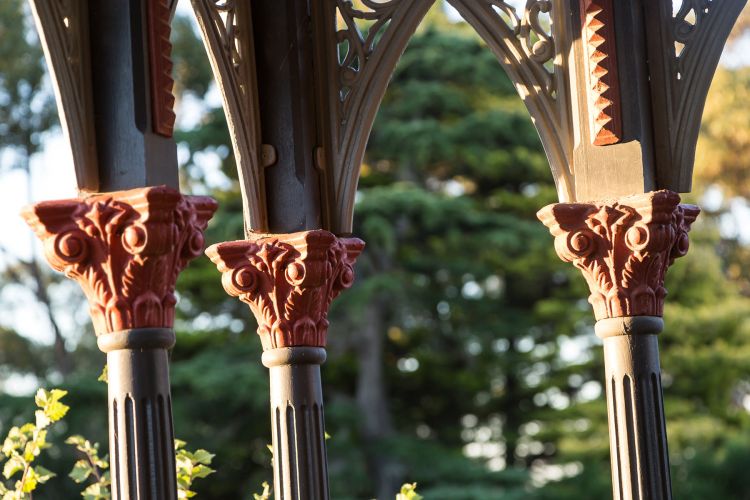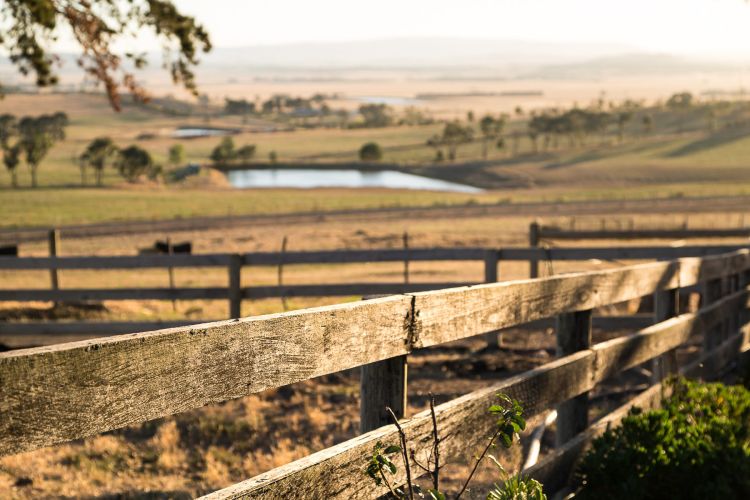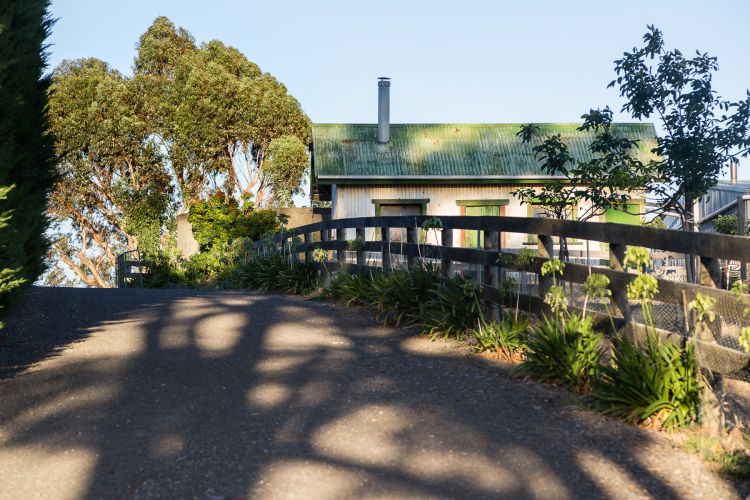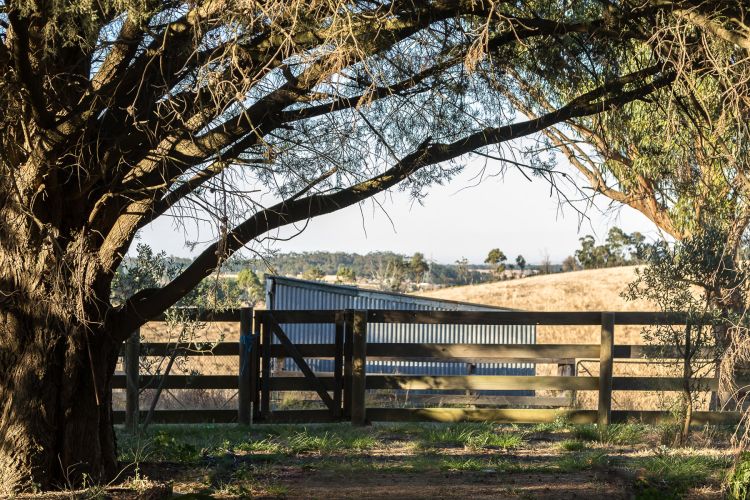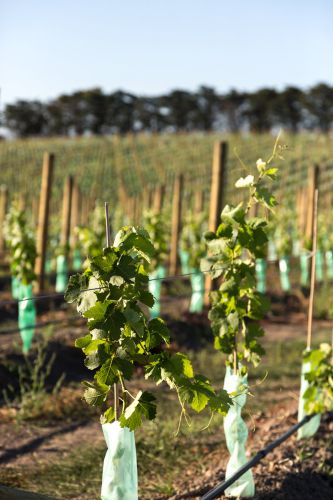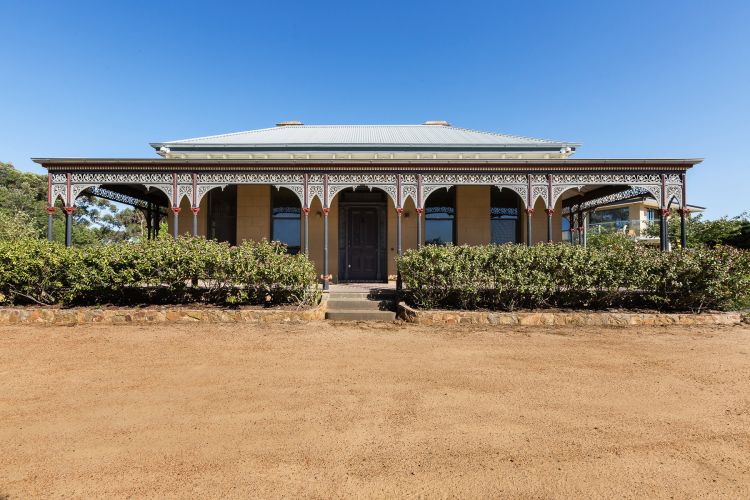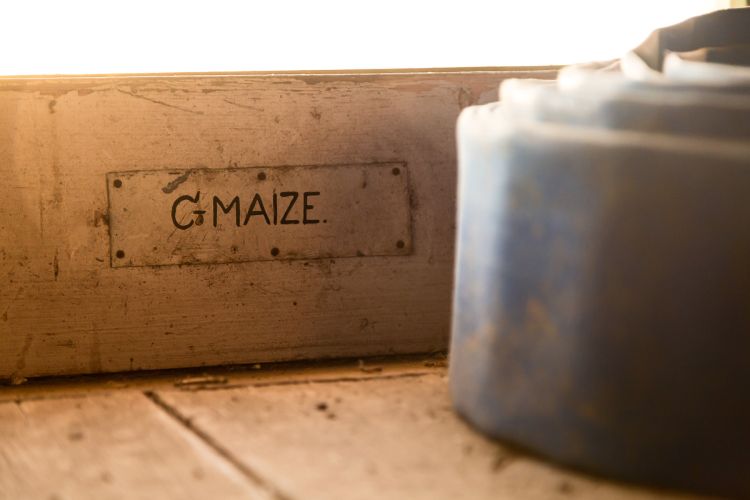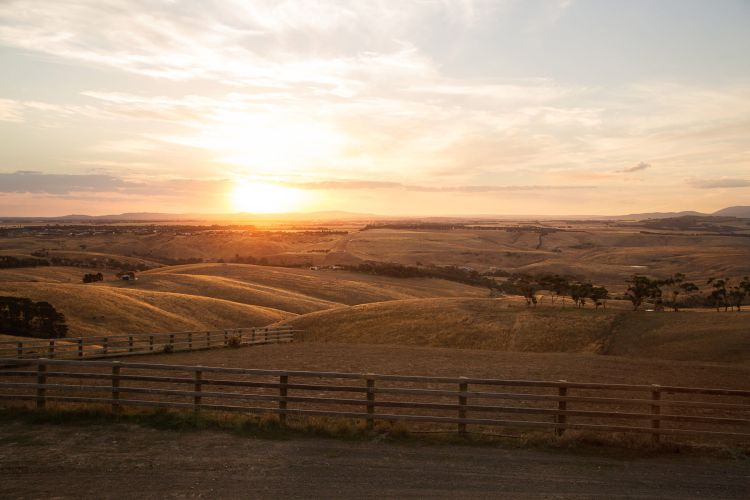History
History
Marnong History
Marnong’s significance to Australian history cannot be underestimated with its links to the area’s first inhabitants, the Woiworung people, to a ruthless land baron who helped build Victoria from its early Port Phillip settlement days to a thriving colony.
Before white settlement, the Woiworung lived off the surrounding area where kangaroos and emus roamed and the rolling hills were rich with murnong, or yam daisies, a grasslands plant with edible roots that were their staple diet.

In the 1830s, pastoralist William John Turner Clarke was amassing property and wealth in Van Diemen’s Land and at the end of the decade he lent money to the Scotch Company, a group of Hobart traders, to establish a run on the lush open pastures 30km north of Port Phillip that were well suited for sheep.
The company named the run Bank Vale, which was just beyond the future village of Mickleham and east of Deep Creek, extending north to Darraweit Guim.
Clarke never farmed his land preferring to focus on the more lucrative sheep market, and by 1842 he had 100,000 sheep in the new district and, to his great profit, introduced the Leicester breed into Australia.
In 1841 ‘Big Clarke’, as he was known, took control of Bank Vale, his first undertaking in the district before accumulating more than 100,000 acres within two decades.
By the end of February 1852 Clarke had bought 1700 acres in the immediate area, including Section 23 of the Parish of Mickleham, where Marnong homestead is located.
Clarke later became a representative in the Victorian Legislative Council and accrued more than one million acres across Australia and New Zealand before his death in 1874.
In 1863, part of the Bank Vale property was acquired by grazier Thomas Colclough, who renamed it Green Grove. Over the next 15 years he increased his holding from 846 acres to a little over 1000 acres where he raised sheep and cattle.
The property was sold after Colclough’s death in 1897 and it was Tom Armstrong who named the homestead Marnong, an abbreviation of Maribyrnong – the river in which Deep Creek forms at the junction with Jacksons Creek near Keilor. In 1935, his trustees sold the property to Arthur Angliss, nephew of Australia’s greatest cattle baron Sir William Angliss.
Over the next 20 years, Angliss’ hard work resulted in reclaiming the property from the ravages of rabbits and soil erosion.
With pasture improvement and fertiliser, the property’s carrying capacity was increased five-fold, and Angliss topped the sales at Newmarket saleyards with his fat lambs and bullocks.
The homestead remained in the Angliss family until the late 1990s.
From its days before white settlement to this day, Marnong continues to sustain and produce quality food and now wine.
"Today, after serving multiple uses, Marnong Farm has been restored to its former glory. Marnong Estate now hosts the historic homestead with a provincial feel and fittings which takes you a step back in time. Viewing the surrounds and walking the farm grounds, you can really soak in the history and reflect upon the use of the land."

With pasture improvement and fertiliser, the property’s carrying capacity was increased five-fold, and Angliss topped the sales at Newmarket saleyards with his fat lambs and bullocks.
Marnong Homestead
William Clarke installed John Edols, a young overseer, in the manager’s hut and by July 1841 he had installed his brother Lewis on the Plover Plains run, across Deep Creek to the west of Bank Vale, and took over Hill Head station to the north.
The earliest part of the homestead, the rear bluestone section, dates to the late 1840s or early ‘50s, and more sections were added by later owners.
In 1863, the Bank Vale property was acquired by grazier Thomas Colclough, who renamed it Green Grove.
Colclough extended the homestead in 1870, adding the front rooms and entrance in the Victorian style of the time to the existing bluestone cottage.
Later owners, including the Angliss family who owned the property for over 60 years, added outbuildings to the property, which remain today, that highlight the estate’s early 20th century farming activities.
The structures include a dairy, granary, shearer’s shed, meat house, milking shed and weigh house, which now form part of the estate’s dining and entertainment areas.
Other structures below the homestead continue to be used for farming today for angus cattle that follows the ‘paddock to plate’ sustainability of Marnong Estate with steaks served in the Bankvale restaurant.
A significant renovation of the estate commenced in 2016 which transformed Marnong into the amazing property it is today.
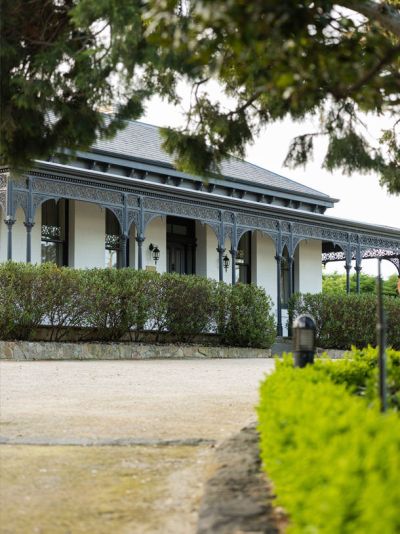
Clarke never farmed his land preferring to focus on the more lucrative sheep market, and by 1842 he had 100,000 sheep in the new district and, to his great profit, introduced the Leicester breed into Australia.
Turning Points
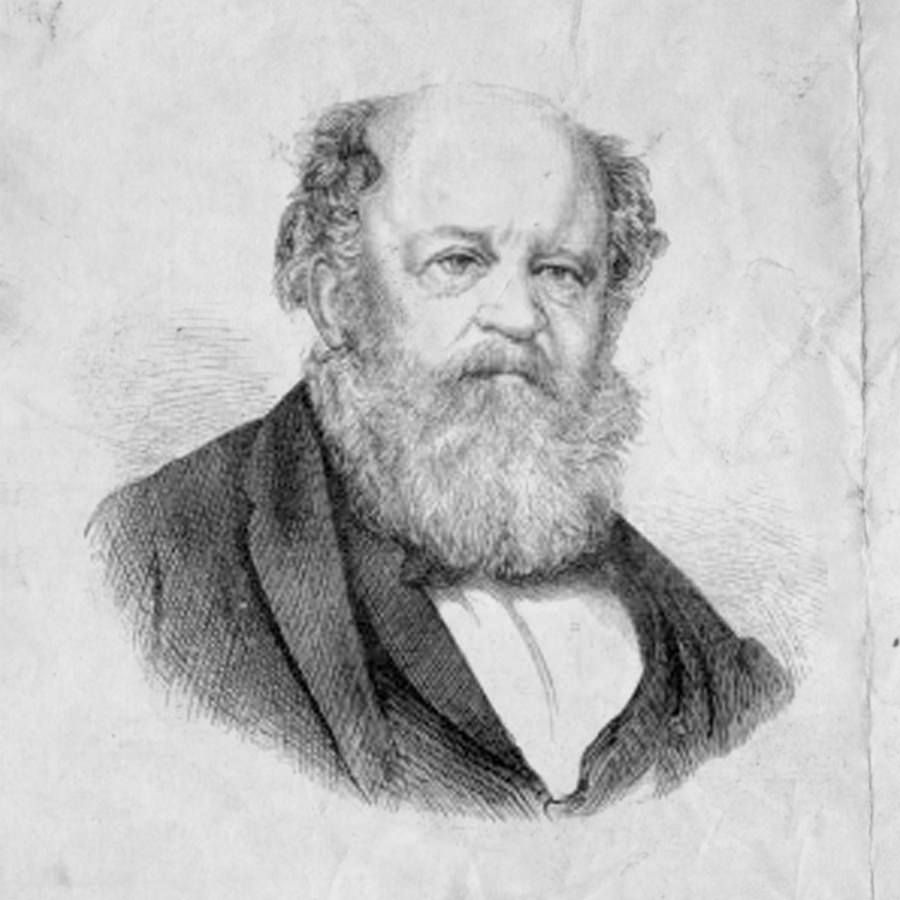
William John Turner ‘Big’ Clarke
(1805-1874)
Marnong owner from 1841 to 1863
William Clarke was a pastoralist and landowner who was widely feared for his ruthless land hunger but respected for his ability to generate a fortune.
The English-born businessman arrived in Van Diemen’s Land in 1829 and quickly set about obtaining land in the colony from a humble butcher’s shop to owning more than 80,000 acres and renting 50,000 acres on the isle by 1853.
He saw great value in livestock and never meddled with agriculture opting to raise sheep and cattle as a 'better paying game'. To his great profit, he introduced the Leicester breed of sheep into Australia.
The gold rush further increased his prosperity; meat sales boomed; money received from his wool clips he lent at high interest to Australian import houses, and in time he acquired the reputation of being the wealthiest man in the country.
Such was his landholding around Marnong, north of Melbourne, his property extended from Sunbury to Sydney Road.
Clarke was a member of the Victorian Legislative Council in 1856 to 1861 and again from 1863 to 1870.
He was a director and substantial shareholder in the Colonial Bank and had large interests in other banks and insurance companies. His health declined and in 1870 he became partially paralysed but insisted on attending directors’ meetings although it took four men to carry him to his carriage.
He died in Melbourne on 13 January 1874 leaving an estate of £2,500,000 and more than a million acres of land across Australia and New Zealand.
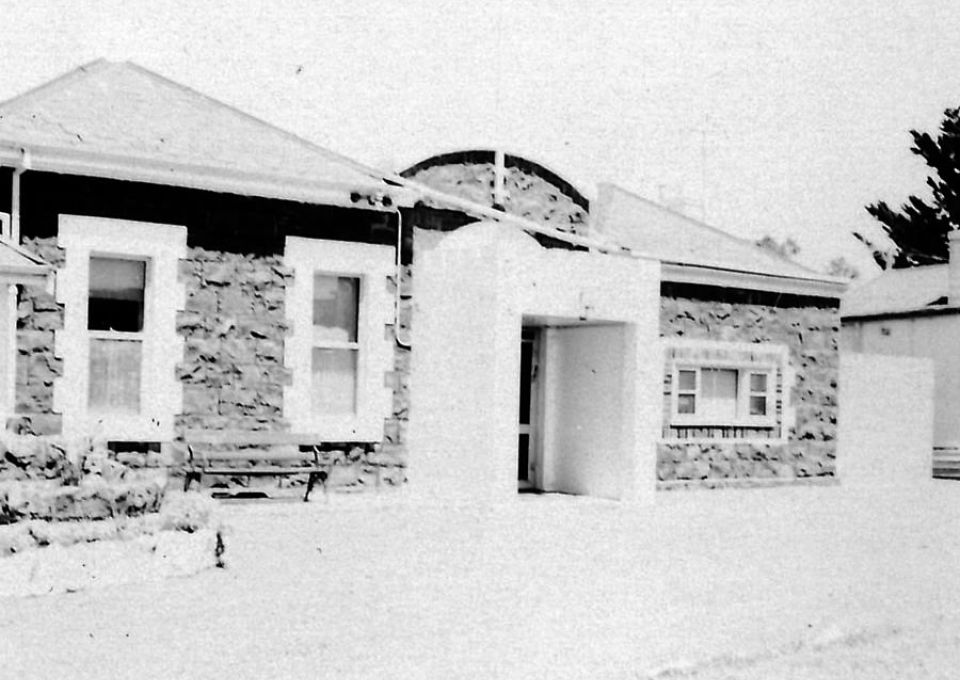
Thomas Colclough
(1831-1895)
Marnong owner from 1863-1895
Thomas Colclough was grazier who bought WJT Clarke’s section of Bank Vale in 1863 and named it Green Grove.
Over the next 15 years he increased his holding in the area from some 846 acres to 1000 acres and was said to be 'often in the (stock) yards as he handled both sheep and
cattle'.
In September 1877 a notice appeared in the Argus in which architect Robert Adamson invited tenders for extensive additions to the homestead which was the front section and the remodelling of
the original bluestone buildings.
Colclough died in 1897 and the property was sold.
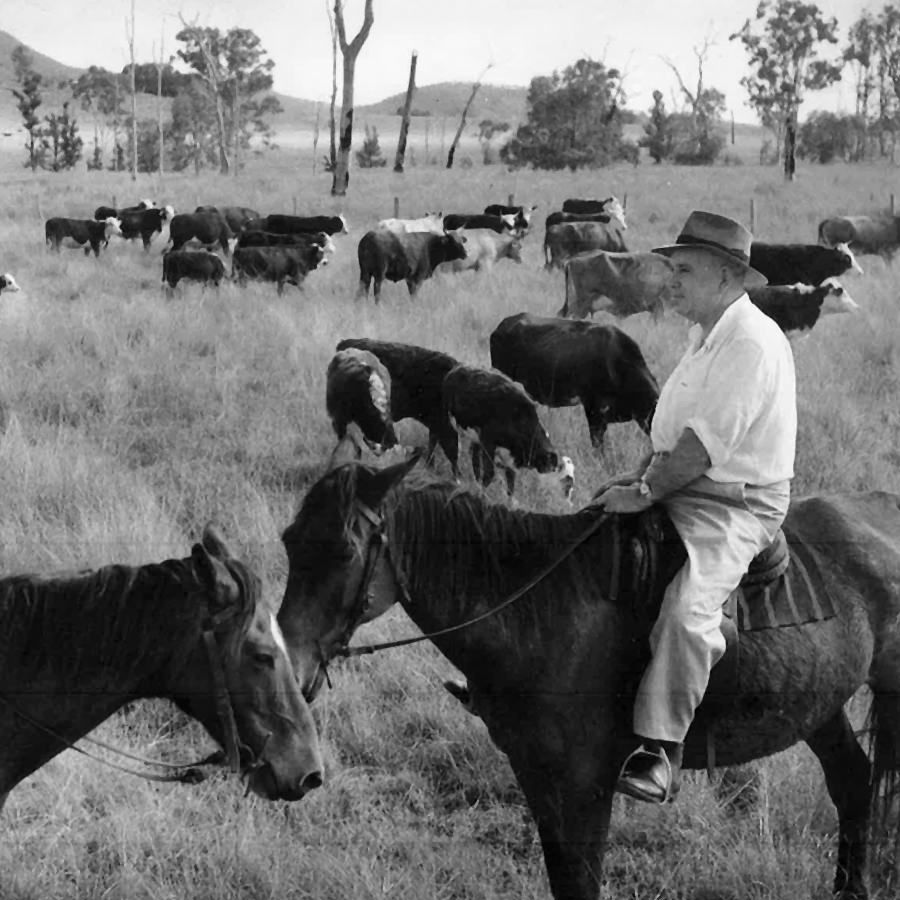
Arthur Angliss
(1898-1995)
Marnong owner from 1935 to 1995
Arthur, the nephew of Australia's greatest cattle baron Sir William Angliss, managed the family's massive pastoral empire for almost 20 years after his uncle's death in 1957.
Following the death of Sir William, Arthur was appointed chairman and managing director of 11 pastoral stations spread across 50,000 square kilometres and carried more than 300,000 cattle and several thousand horses.
In the 1930s, Sir William had the biggest personally controlled meat empire in the British Empire, and by 1950 he was reputed to be Australia's richest man.
Arthur bought Marnong in 1935 and, with his wife Elma, transformed it into a family home and farm. Over the next 20 years, Arthur's hard work resulted in reclaiming the property from the ravages of rabbits and soil erosion by introducing netting fencing and contour furrowing.
More than 10,000 rabbits were poisoned annually, until they were eliminated.
With pasture improvement and fertiliser, the carrying capacity was increased five-fold, and Arthur took great pride in topping the averages at Newmarket saleyards with his fat lambs and bullocks.
